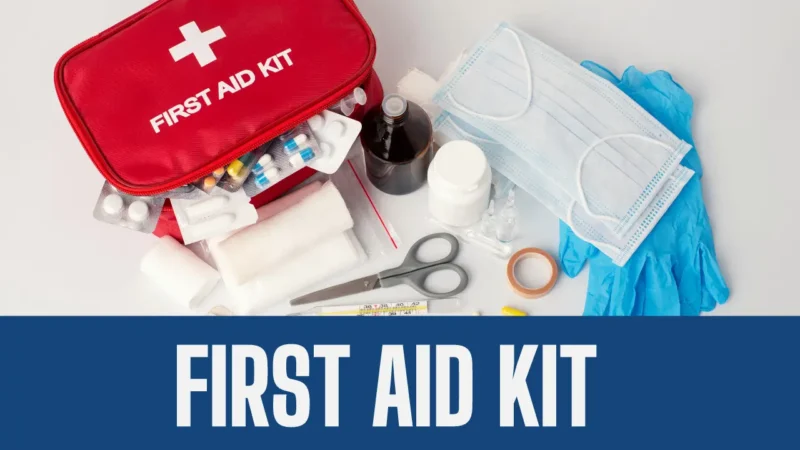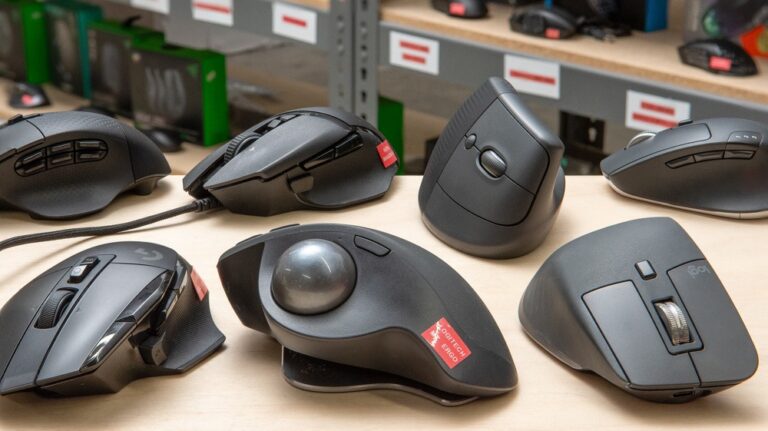Having a compliant medical kit is more than a good practice—it’s a necessity in many industries. Whether you’re managing workplace safety, preparing for school emergencies, or ensuring personal readiness, meeting the required standards can make the difference between preparedness and liability.
Let’s explore what you need to know to ensure your kits meet legal and safety requirements.
Key Points
- Regulatory labels ensure your kit’s components meet safety standards.
- Requirements vary across industries and locations.
- Mislabeling can lead to legal issues or equipment failure.
- Certifications verify kit reliability in emergencies.
- Understanding terms like OSHA or CE marking simplifies compliance.
Why Regulatory Labels Are Important for First Aid Kits
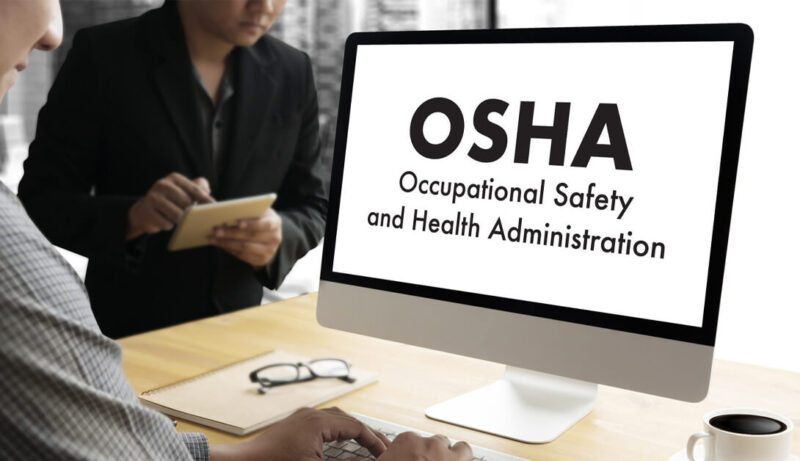
Regulatory labels serve as proof that a medical kit meets required safety and quality standards. They indicate that the components inside have been tested and approved for reliability in emergencies. For example, OSHA compliance in the U.S. ensures that kits contain specific items necessary for workplace injuries.
The CE marking in Europe confirms that the kit adheres to health, safety, and environmental standards required within the European Economic Area. Without proper certification, a kit may lack critical components, rendering it ineffective in urgent situations.
Those responsible for managing safety—employers, teachers, and even parents—need to recognize the importance of regulatory assurance. Non-compliance doesn’t just lead to fines or penalties; it can cost lives.
Industry-Specific Requirements for First Aid Kits
Every industry has unique requirements for medical kits, shaped by the type of risks present in the environment.
- Offices ─ Typically require kits with basic supplies like bandages, antiseptics, and gloves.
- Factories and warehouses ─ Need items to address burns, heavy bleeding, and crush injuries.
- Schools ─ Must include supplies suitable for children, like smaller bandages and pediatric care items.
For workplaces with heightened risks, specialized kits may be required. For example, stop the bleed kits are essential in industries where severe bleeding injuries are possible, such as construction or manufacturing. Yeyetac, a reliable manufacturer, designs kits using real-world feedback from high-risk environments.
Failing to match the kit contents with the environment’s risks could leave you unprepared for emergencies, increasing the potential for harm.
Common Certifications for First Aid Kits and Their Relevance
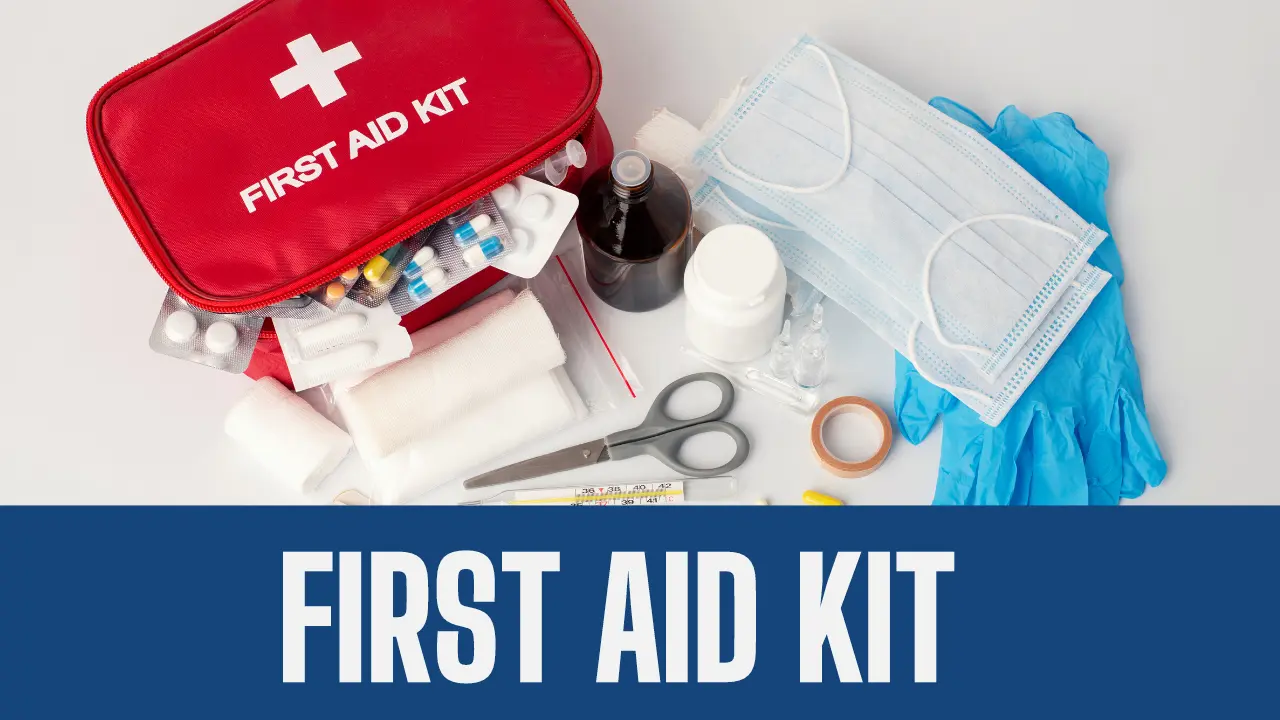
Certifications provide clarity and assurance that medical kits are fit for specific purposes. Here are the most common certifications and their significance:
1. OSHA Compliance
In the U.S., workplaces must follow OSHA’s standards to ensure employee safety. Kits must include essential items like antiseptic wipes, adhesive bandages, and gloves to address common workplace injuries.
2. CE Marking
The CE marking is required for products sold in the European Economic Area. It guarantees that the kit meets European health and safety standards. This label assures buyers that the contents are medically tested and safe for use.
3. ANSI Standards
ANSI regulates the minimum content requirements for kits based on workplace risk levels. For example, a low-risk environment like an office will need a simpler kit compared to a high-risk construction site.
4. FDA Approval
In the U.S., kits regulated by the FDA must meet stringent safety standards. Items like antiseptics, dressings, and wound care tools undergo thorough testing to ensure effectiveness.
Steps to Verify Certifications
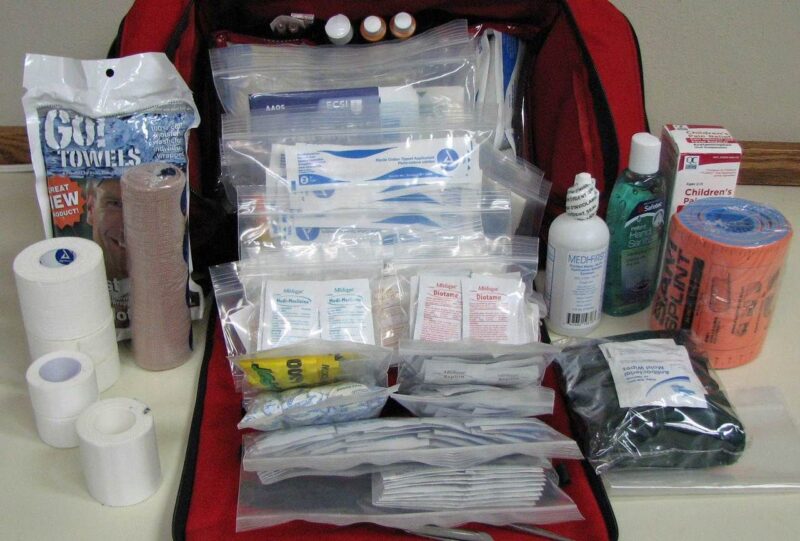
1. Check Labels and Documentation
Look for certification marks on the packaging or in the accompanying documentation. Reliable manufacturers clearly indicate the standards their products meet.
2. Research Industry Requirements
Identify what your specific field demands. For example, healthcare settings may require advanced resuscitation tools, while restaurants need supplies for burn treatment.
3. Verify Manufacturer Claims
Don’t rely solely on manufacturer claims. Cross-check certifications through regulatory databases or trusted resources to confirm their legitimacy.
By following these steps, you can ensure your kit meets legal requirements and functions effectively when needed.
Real-World Example ─ A School’s Responsibility to Compliance
A local primary school faced a safety audit and discovered their medical kits were outdated and incomplete. The school acted quickly, replacing them with OSHA-compliant kits tailored to a school environment. The updated kits included child-safe scissors, smaller bandages, and allergy treatment supplies.
This proactive measure not only ensured compliance but also boosted staff confidence in handling emergencies. It underscored the importance of regular reviews and aligning kit contents with specific needs.
Actionable Tips for Choosing Certified First Aid Kits
Choosing the right medical kit doesn’t have to be complicated. Follow these steps for a reliable solution:
- Identify your needs ─ Consider the risks specific to your environment.
- Seek reviews ─ Look for feedback from users in similar industries.
- Verify labels ─ Check for OSHA, CE, or ANSI marks on the kit.
- Choose reliable brands ─ Opt for trusted manufacturers that prioritize quality.
- Avoid counterfeits ─ Always buy from verified retailers or manufacturers.
These tips can help you avoid pitfalls, such as buying uncertified kits or using ones that lack essential items.
FAQ Section
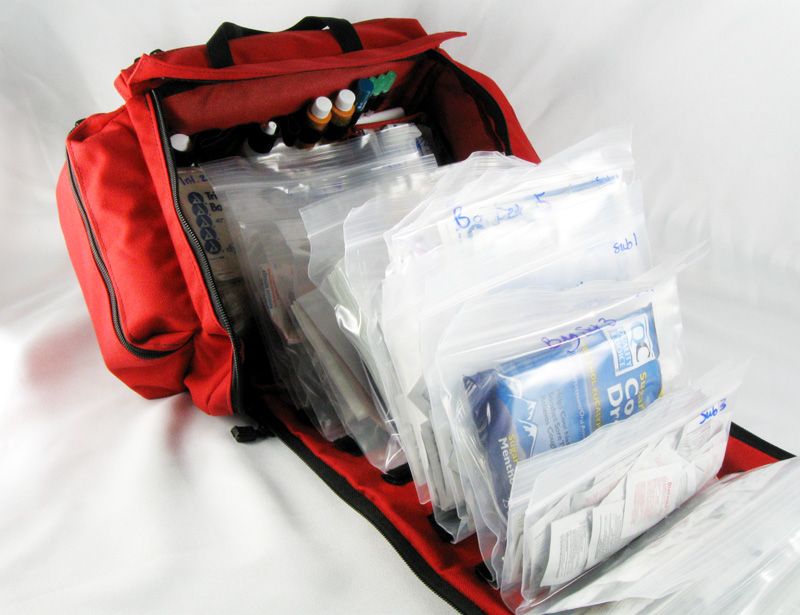
1. What should I look for in a certified kit?
Look for certification labels like OSHA, CE, or FDA. Match the kit contents to the risks in your environment.
2. Can uncertified kits be used in emergencies?
Uncertified kits can be used, but they might lack the reliability and tested materials needed during critical situations.
3. How often should I review my kit’s compliance?
Check your kit annually to replace expired items and confirm it meets current regulatory standards.
4. Are all certifications the same worldwide?
No. Certifications like OSHA, CE, or ANSI apply to specific regions or industries. Research your location’s requirements.
5. Why do regulatory labels matter?
Labels confirm that the components in the kit have passed quality and safety checks, ensuring reliability in emergencies.
Conclusion
Compliant medical kits protect lives, meet legal standards, and prevent liability. Knowing your industry’s specific requirements and verifying certifications ensures readiness for emergencies. Start by identifying your needs, choosing reliable manufacturers, and checking labels carefully. Staying prepared saves lives and avoids costly mistakes.
Related Posts:
- Buying a Used Phone? Here’s Why You Should Always…
- Top 5 Tips for Mastering Movement in First-Person Shooters
- Planning Your Everest Adventure – What You Need to…
- What is Cloud Computing? Everything You Need to Know
- Data Center Design 101: Everything You Need to Know
- Data Center Networking 101: Everything You Need to Know

